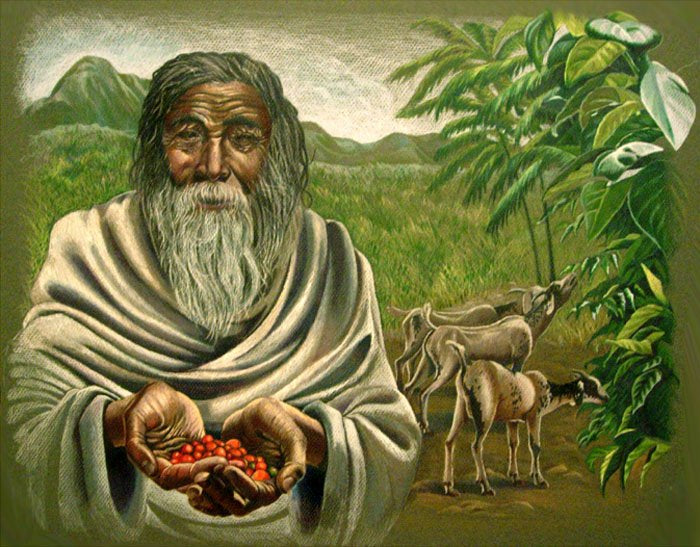Introduction
Coffee is one of the most widely consumed beverages in the world and the second most traded commodity, after oil. It has been a part of human life for centuries and has been widely used in all corners of the world, from Europe to North America, and from South America to Asia. Coffee is a drink that truly unifies all cultures!
The geographic distribution of coffee production is of more than academic interest. It so happens that coffee is deeply interconnected with our planet’s history, culture, economy and environment.
Brief History of Coffee
Coffee’s history can be traced back to ancient times with many regional variations in taste and production methods. The word “coffee” derives from the Arabic word “qahwah”, which means “wine of beans”. The first coffee was made in Ethiopia back in the 15th century. In those days, people would chew on coffee beans to stay awake during long nights of work. From there, coffee spread to Yemen, Egypt, and Turkey before reaching Europe through Venice in 1615. In North America and Europe, coffee was mainly consumed as an exotic drink by wealthy elites until it became more common among all social classes after World War II.
Coffee Geography
"The rise of coffee from its native grounds in the Middle East to Western Europe, then North America, and later to other parts of the world, brought with it a shift in global power dynamics." (Munoz)
Coffee is an integral part of many countries' identities. It is a defining part of their culture and what they are known for. Countries such as Ethiopia and Colombia have a long and rich history of coffee production. And to this day, these countries are still the largest producers of coffee, accounting for about half of all the production in the world. Nowadays coffee grows in more than 50 countries across six continents.
The three primary coffee growing areas throughout the world are Central and South America, Africa and the Middle East, and Southeast Asia. All of these areas are in the equatorial region. This type of climate is the best for coffee as it needs to grow at a high altitude, in moist, tropical places with rich soils.
Central and South America produce the most coffee out of the three major growing locations. Brazil and Colombia lead the way in terms of volume. In terms of flavor, these coffees are considered mild to medium bodied because they lack a tangy acidity or "bright" aftertaste.
The coffee from Kenya is said to be one of the best-known coffees in Africa and the Middle East, grown in the foothills of Mount Kenya. Kenyan coffee is generally grown on medium altitude sites, which give it a full body and rich aroma.
Southeast Asia is most known for its coffee from Vietnam and Indonesia. The latter has a very specific type of coffee that is grown on the islands of Sumatra, Java, and Sulawesi. These coffees are famous for having a rich, full-bodied flavor with "earthy" undertones. Vietnamese coffee is quite different due to them using cinnamon and cloves to enrich their coffee with a very unique sweet and spicy flavor.
You can see that coffee is just like wine: there are different variations depending on the region. Each type of coffee grows in a particular area, which results in an overall distinct flavor.
Generally the most popular kind of coffee is Arabica, which grows in cooler climates and has a more complex flavor profile while Robusta is grown in warmer climates and has more bitter flavor. Arabica is mostly grown in the highlands of Central America, South America, and Africa. Robusta on the other hand, is primarily grown in the rainforest regions of Southeast Asia.
Though the geography of coffee is not just about where it comes from, but also how it's consumed. Countries like Finland, Norway and Denmark have the highest per capita consumption of coffee in the world. While the US consumes the most coffee overall with average American drinking 3 cups a day.
Conclusion
For many people, the first thing they do in the morning is drink a cup of coffee. This beverage has become a staple in our culture. Yet, the world of coffee is complex. There are so many different types of beans, roasts, flavors, and brewing methods. With more and more people preferring this beverage over tea, it’s becoming ever more important to learn about the origins and history of this irresistible drink. Our team is happy to have been able to provide you with some new insights into the topic of coffee geography. We hope that this has helped you learn a little more about this fascinating subject.




